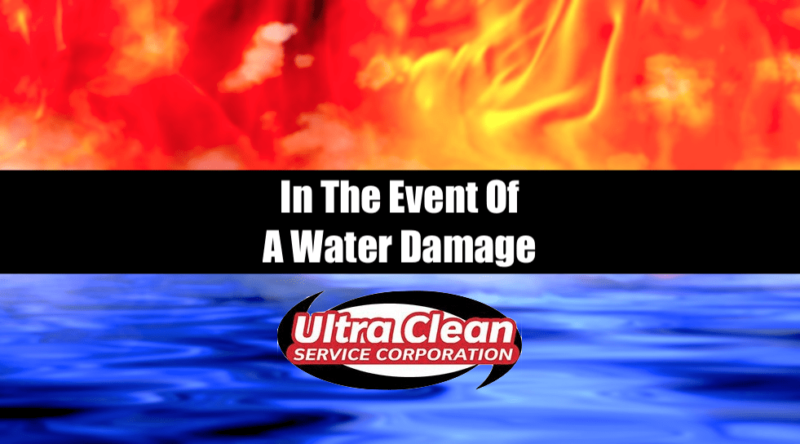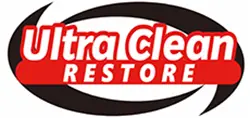
Contents
In the event of water damage, it’s essential to act quickly to minimize the damage and prevent further issues such as mold growth. Here’s a general guideline on what to do:
- Safety First: Ensure that the area is safe. Turn off electricity and water supply if necessary to prevent electrical hazards and further water flow.
- Stop the Source of Water: If possible, identify and stop the source of the water. This might involve turning off the main water supply or fixing a leak.
- Protect Valuables: Move valuable items, such as electronics, furniture, and important documents, to a dry area.
- Remove Excess Water: Use towels, mops, or a wet-dry vacuum to remove excess water. If the flooding is severe, this step may require professional assistance.
- Dry Out the Area: Open windows and use fans or dehumidifiers to circulate air and dry out the area. This is crucial to prevent mold growth.
- Clean and Disinfect: Once the area is dry, clean and disinfect all affected surfaces to prevent health hazards.
- Contact Insurance: Reach out to your insurance company to understand your coverage and start the claim process if applicable.
- Professional Restoration Services: For extensive water damage, it’s often best to contact a professional restoration service.
Why Calling Ultra Clean Service Corp in Minneapolis Might Be Beneficial:
- Expertise and Experience: They have the necessary expertise and experience in handling various types of water damage efficiently and effectively.
- Advanced Equipment: Professional services have access to advanced equipment that can more thoroughly dry out and restore the affected area.
- Mold Remediation: They can also provide mold remediation services, which are critical in water damage situations.
- Insurance Liaison: They might assist with the insurance claims process, making it smoother for you.
- Comprehensive Service: From initial assessment to final restoration, a professional service can manage the entire process, reducing the stress and workload on you.
Remember, the specific steps and the need for professional services like Ultra Clean Service Corp can vary depending on the severity and type of water damage.
Recent Posts
7 Affordable Sewage Cleanup and Repair Solutions
When you encounter a sewage backup, it’s essential to act swiftly and effectively. You can
Why Choose Local Emergency Flood Damage Services?
When disaster strikes and flooding occurs, choosing local emergency flood damage services can make a
Embracing the Changing Seasons: Preparing Your Home for February and March in Minneapolis, MN
As the vibrant hues of autumn give way to the crisp chill of winter, Minneapolis, MN transforms into a winter wonderland, where snow blankets the landscape and icicles glisten in the sunlight. For residents of this beautiful city, February and March bring a unique set of challenges and delights, particularly when it comes to weather […]
